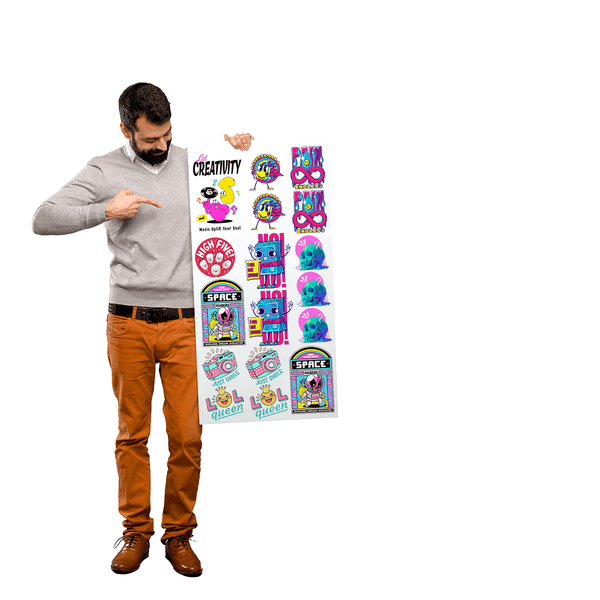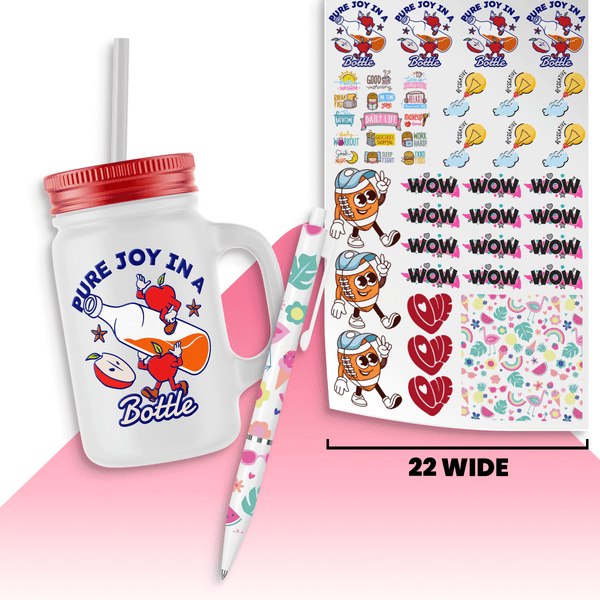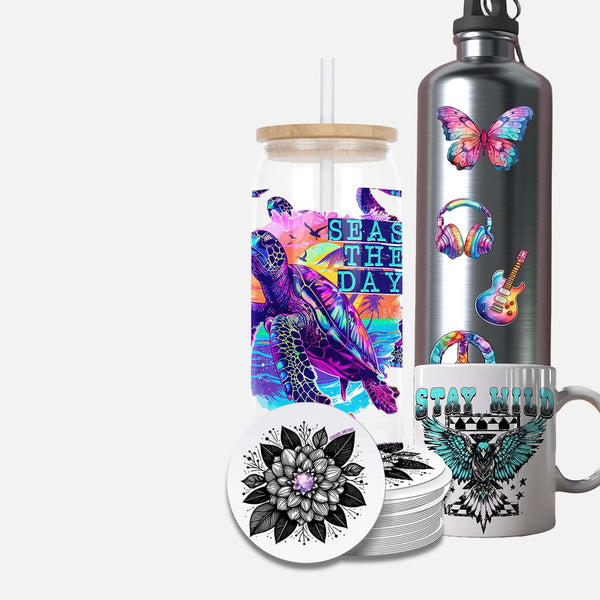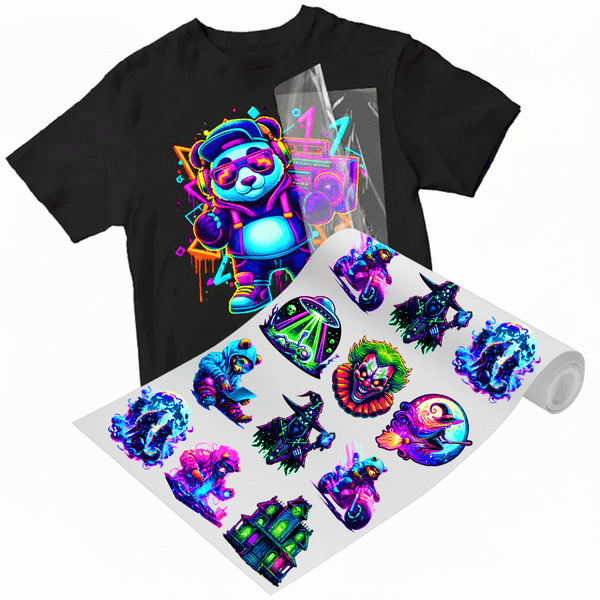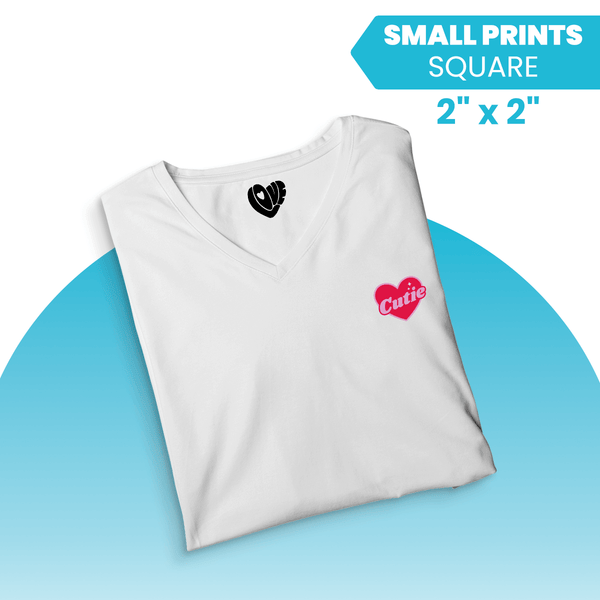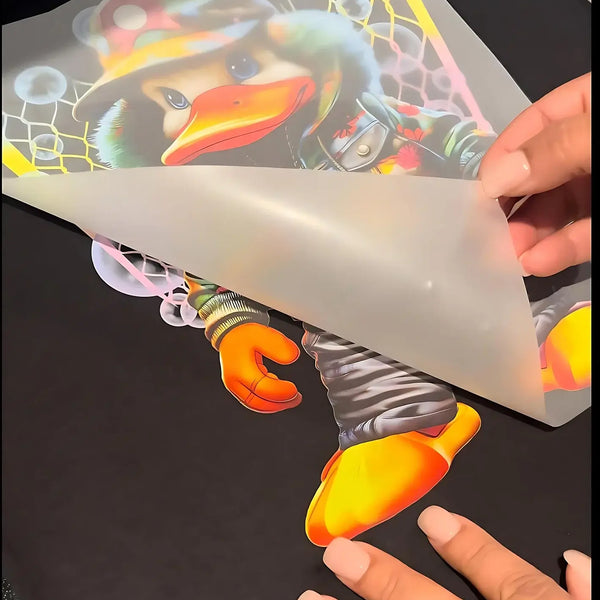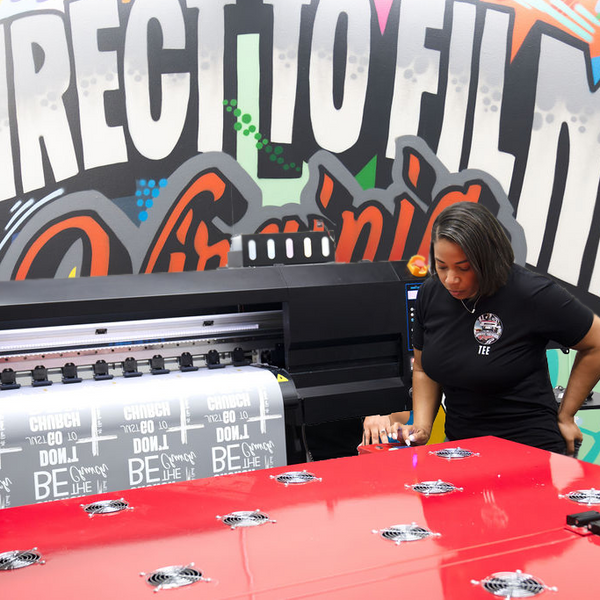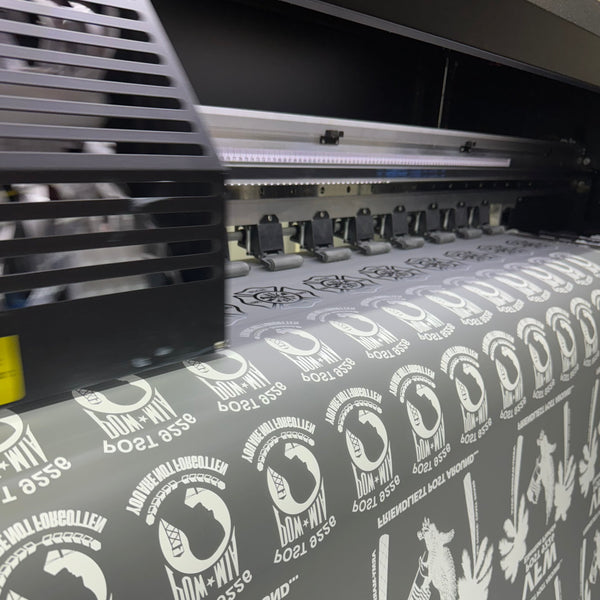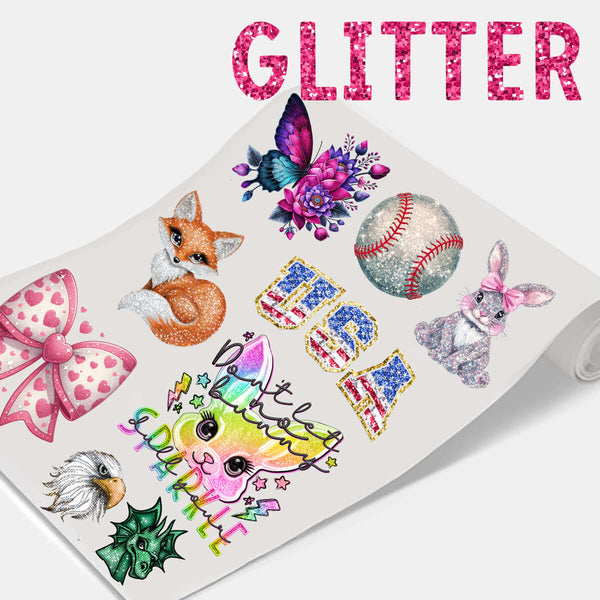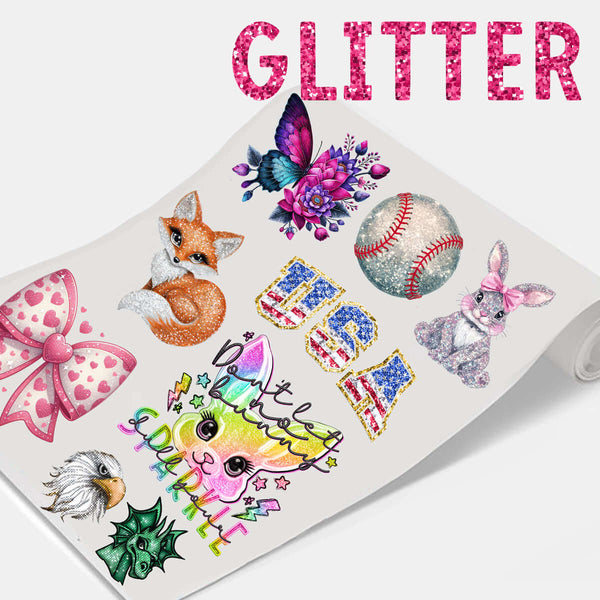DTF printing is revolutionizing the textile industry. It offers vibrant colors and durable prints on various materials.
Central to this process is DTF Powder, which acts as an adhesive. It ensures the ink bonds well with the fabric.
However, handling DTF Powder requires caution. Safety measures are crucial to prevent health risks.
Understanding the potential hazards and best practices is essential. This guide will help you navigate DTF Powder safety.
Whether you're a seasoned professional or new to DTF printing, this article will provide valuable insights. Stay informed and print safely.
Understanding DTF Printing and DTF Powder
DTF printing, short for Direct-to-Film printing, is gaining popularity. It provides high-quality prints on many fabrics and materials.
The process begins with a design printed onto a special film. This step sets the foundation for vibrant and durable DTF prints.
A critical component of this printing method is DTF Powder. Acting as an adhesive, it helps the ink adhere to the fabric effectively.
DTF Powder ensures that designs remain vivid and intact over time. Here’s a brief look at the process:
- Print Design: Image is printed on a special film.
- Apply Powder: DTF Powder is sprinkled onto the print.
- Heat Transfer: Design with powder transferred to fabric.

Using DTF transfer printers, these steps create prints known for their quality and resilience. Understanding each component ensures success in the DTF printing process.
Why DTF Powder Safety Matters
The safety of DTF Powder is crucial in maintaining a healthy work environment. While it helps produce beautiful prints, improper handling can pose hazards.
Inhalation of the powder could cause respiratory issues. To prevent such risks, it's important to implement effective safety measures.
Key safety considerations include:
- Using masks to filter airborne particles.
- Ensuring proper ventilation in the workspace.
- Storing the powder in a dry, stable environment.
Understanding and implementing these precautions will greatly enhance safety. These measures protect not just health, but also ensure consistent, high-quality DTF prints.
Common Risks Associated with DTF Powder
Handling DTF Powder without proper care can lead to several risks. These risks are primarily related to health and operational efficiency.
Exposure to DTF Powder may cause respiratory irritation or allergic reactions. It is important to be aware of potential symptoms early.
Operational issues can also arise from DTF Powder. For example, it can clog the equipment if not used correctly.
Key risks include:
- Respiratory hazards from inhalation
- Skin irritation from contact
- Equipment malfunction due to clogging
Being aware of these risks and mitigating them is vital. With careful attention, you can minimize these risks while using DTF Powder.

Essential Safety Practices for Handling DTF Powder
To ensure safety while using DTF Powder, follow established protocols. Implementing these practices helps avoid health risks and improves process efficiency.
Firstly, always wear appropriate personal protective equipment (PPE). This includes masks and gloves to prevent skin contact and inhalation. PPE plays a critical role in maintaining a safe working environment.
Secondly, keep your workspace clean and organized. Remove any powder residues promptly to avoid accidental exposure. Clean equipment and surfaces regularly to maintain hygiene.
Always adhere to safety protocols and guidelines:
- Use PPE like masks and gloves
- Maintain a clutter-free workspace
- Follow manufacturer instructions for DTF Powder
Ensure proper training for all staff involved in handling the powder. Training sessions should cover safe handling procedures and emergency response actions.
By fostering a culture of safety, you help protect your team and ensure the quality of your prints. Regularly review and update your safety practices to stay current with industry standards.
Key training points include:
- Safe handling procedures
- Emergency response actions
- Regular safety protocol reviews

Proper Storage and Disposal of DTF Powder
Storing DTF Powder correctly is critical for maintaining its quality and ensuring safety. A dry, cool environment prevents clumping and degradation. This extends the powder’s lifespan and maintains print quality.
Use airtight containers to store your DTF Powder. This prevents moisture and contaminants from affecting the powder. Be sure to label containers clearly to avoid confusion during usage.
Proper disposal is equally important to reduce environmental impact. Follow local regulations for disposing of chemical waste. Ensure used containers and excess powder are discarded responsibly.
Key storage and disposal tips:
- Keep in airtight containers
- Store in a cool, dry place
- Follow local disposal regulations
Adhering to these guidelines ensures both safety and efficiency in your printing process. Taking these steps now helps prevent costly mistakes and maintain high-quality prints.

Personal Protective Equipment (PPE) and Workspace Ventilation
Handling DTF Powder requires proper safety gear to minimize exposure risks. Gloves and masks are essential to protect your skin and respiratory system. These simple measures can prevent irritation and inhalation of fine particles.
Ensure your workspace has sufficient ventilation. This helps disperse airborne powder particles, reducing respiratory risks. Consider using exhaust fans or air purifiers to maintain air quality.
List of recommended PPE and workspace safety measures:
- Wear gloves to avoid skin contact
- Use masks to protect respiratory health
- Ensure proper room ventilation
Using these precautions can significantly enhance safety during DTF printing operations. Incorporating PPE and ventilation demonstrates a commitment to maintaining a safe and productive environment.

Maintaining Your DTF Transfer Printer for Safe Operation
Regular maintenance of your DTF transfer printer is key to safe and efficient printing. Consistent upkeep prevents malfunctions and maintains high print quality. Neglecting these duties can lead to costly repairs and downtime.
Make a habit of checking your printer components frequently. This includes cleaning the print heads and examining ink and powder pathways. Address any minor issues immediately to prevent larger problems.
Helpful maintenance checklist:
- Clean print heads regularly
- Inspect ink and powder pathways
- Replace worn-out parts promptly
Keeping your printer in top shape ensures a longer lifespan and safer operation. Regular maintenance also leads to better DTF Prints and more reliable outcomes.
Frequently Asked Questions about DTF Powder Safety
Many users have questions about the safety of DTF Powder. Understanding the risks and safety measures can prevent accidents and ensure a productive work environment.
Here are some common questions and answers to help you stay informed:
- What protective gear is needed when handling DTF Powder?
- How do I ensure proper ventilation in my workspace?
- What should I do in case of DTF Powder inhalation?
Being informed helps you take proactive measures to protect yourself and your workplace. Always prioritize safety when working with any printing materials.
Conclusion: Safe and Effective DTF Printing
Embracing DTF printing offers distinct advantages in quality and versatility. Safety should always be a top priority when using DTF Powder. This includes understanding associated risks and implementing precautionary measures.
By following best practices, from handling DTF Powder to maintaining equipment, you can create vibrant and durable prints while safeguarding your health and workspace. With the right knowledge and tools, DTF printing can be both a safe and rewarding venture. Always stay informed and prepared to ensure an efficient printing process.








